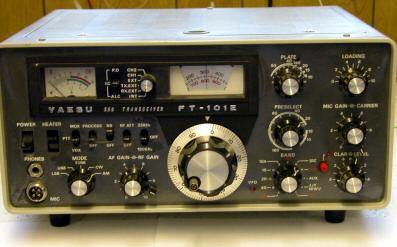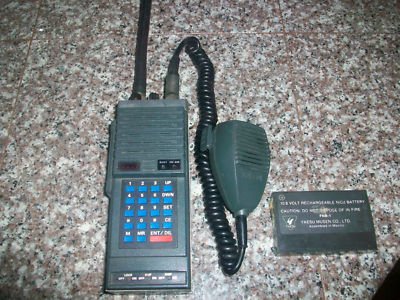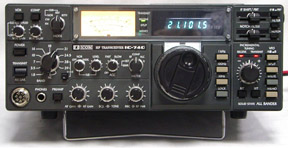In the fall of 1975, I enrolled in Union College and spent the next four and a half years earning my BSEE. I began my Freshman year commuting from my parents home, which was only a couple of miles away, but quickly discovered that college is one part mental and two parts social. By December of 1975 I announced my intention to move out on my own.
Ham Radio didn’t play much of a part in my life as I moved from one horrible apartment to another, and worked hard to pay the bills and study for class. But I did join the college club station, W2UC, and enjoyed working my first real DX with their Drake equipment and beam. By May of 1979, when I still had a half year to go, I couldn’t stand it anymore, and somehow scraped up $705.11 and bought a Yaesu FT-101FE. I have no idea how I managed to pay for that, and tuition, and room and board, but I had a fantastic summer. I lived about a mile from the school and would carry that FT-101 in my arm to the club station and use it. Plus I had a stealthy wire antenna hanging outside my apartment. Ham radio was alive and well.
Actually I do have an idea of how I paid for things. While I was in college I started designing control systems and doing projects based on microprocessors (Intel 4004/8008/8080) — a brand new emerging technology at the time. I was lucky enough to be able to start lecturing on this professionally while I was still in school (there were very few people who understood the technology at the time — remember the IBM PC didn’t start shipping until August of 1981). During those lectures, I bumped into a young manager who was working for GE Research and Development. Ed Miller was his name, and he insisted that I look him up when the time came.
I did that, and took a job working for GE Wiring Devices in December of 1979, were I began a career designing lighting control equipment (saves energy by making sure lights are turned off or reduced in level in industrial and commercial buildings). Through the technology and company names have changed, I continue to do the same sort of thing 32 years later.
As soon as I moved into my new apartment in Warwick Rhode Island, I dropped my WB2ZIB call, and went back to using WB4SON (the FCC rules had changed and your call sign area no longer had to match your living address). I immediately applied microprocessor technology to ham radio, and designed several devices to assist me with my radio work. I took up an interest in RTTY and designed several interfaces (both audio and digital). I also renewed my interest in Satellite modes, and built a few receive and transmit converters to use with my FT-101.
In August of 1980, I purchased a Yaesu FT-207R 2-meter hand-held and YM-24 Mic for $335 to replace my old crystal based TR-22. I acquired a 50 watt output amplifier for it, and my father (still living in Niskayuna NY) and I would chat with each other weekly via a repeater located on Mount Tom in Western Mass. We were about 175 miles apart as the crow flies, but having a repeater 1200 feet in the air half-way between us sure helped.
In April of 1983, I replaced my FT-101FE with a more modern (fully solid state) Icom IC-740 that supported all the new WARC ham bands (I modified the FT-101 to work on 30 meters). That was a very exciting radio in its day. With an internal power supply and CW filter, it sold for just about $1060.











